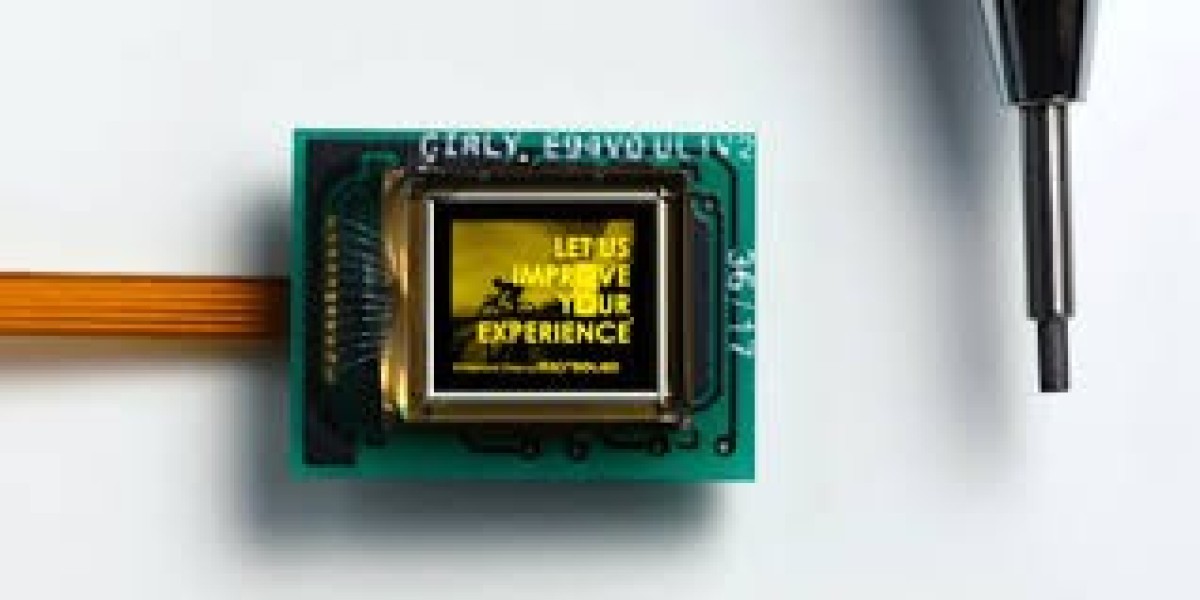Many users often complain about poor image quality, low brightness, or eye strain when using advanced devices like AR glasses, VR headsets, or professional cameras. In most cases, the issue is not with the device itself but with the display technology inside. Choosing the wrong display type can lead to reduced performance, faster battery drain, and limited visual comfort.
This is where the micro OLED display comes in as a solution. Built with high pixel density and superior contrast, it is designed to deliver sharp visuals even in compact devices. Understanding how it works and why it is better than traditional displays can save you from costly mistakes and poor user experiences.
What Makes Micro OLED Display Different?
Unlike regular OLED or LCD panels, a micro OLED display is developed on a silicon backplane. This makes it possible to pack millions of pixels into a very small screen area. The result is unmatched clarity, deep blacks, and smooth motion handling.
Key benefits include:
High Resolution in Small Size – Perfect for AR/VR headsets and professional cameras.
Better Power Efficiency – Extends battery life of portable devices.
High Contrast Ratio – Delivers vibrant colors and realistic images.
Reduced Motion Blur – Essential for gaming and fast-motion content.
Common Problems Without Micro OLED Technology
If your device does not use micro OLED, you may face:
Blurry Images: Traditional displays fail to match the sharpness required for close-up viewing.
Limited Brightness: Causes poor visibility in outdoor or bright environments.
Eye Strain: Low refresh rates and poor contrast can fatigue your eyes during long use.
Bulkier Designs: Regular panels demand more space and power, reducing device portability.
Why Industries Are Adopting Micro OLED Displays
Different sectors are rapidly shifting toward this display technology:
AR & VR Headsets: Clear visuals without pixel gaps improve immersive experiences.
Cameras & Viewfinders: Photographers can preview shots with precision.
Medical Devices: Doctors rely on accurate displays for diagnostics and procedures.
Defense & Aerospace: Night vision and targeting systems use micro OLED for reliability.
By integrating a micro OLED display, manufacturers ensure smoother visuals, better accuracy, and compact designs.
How to Choose the Right Micro OLED Display
When selecting one for your device, consider:
Resolution and Pixel Density – Higher PPI ensures better clarity.
Brightness Levels – Important for both indoor and outdoor use.
Power Consumption – Check efficiency for battery-powered devices.
Reliability and Lifespan – High-quality micro OLED panels last longer.
Working with a trusted supplier also ensures consistent performance and availability of advanced optical modules.
Conclusion
Ignoring display quality can lead to frustration, eye strain, and poor device usability. A micro OLED display solves these pain points by providing unmatched clarity, efficiency, and comfort. Whether for AR/VR, medical use, or professional imaging, it is becoming the go-to choice for industries worldwide. Choosing the right display now will prevent costly upgrades later and give your product a clear advantage.






